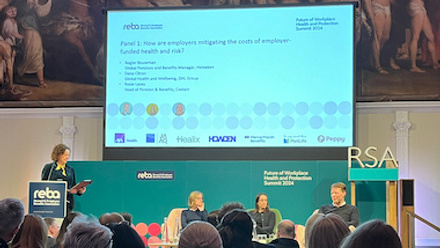Employers at risk of group risk protection breeches

The State Pension Age has now increased from age 65 to 66, 67 or 68 for many people. And the retirement age may well rise in the future.
Industry lobbyists Group Risk Development (GRiD) has called for employers to check their group policies comply with the current rule.
The Default Retirement Age (DRA) was abolished in 2011 and it meant that employees wouldn't automatically be retired at age 65.
According to GRiD, employers are in danger of having group risk protection policies that are not legislatively compliant. Writing in HR Director magazine, GRiD spokesperson, Katharine Moxham, said GRiD members are still seeing policies where employers have kept a fixed retirement age of 65 (or worse still, 60) rather than re-defining the cease date under the insurance as "65 or SPA, if later".
She said: "This exposes them to uninsured liability for benefits that arise after that fixed age for people who reach 65 or SPA beyond that.
"Where no insurance is in place and a promised benefit becomes payable, the employer will have to find another way to pay the benefit, which can be a substantial amount. This oversight can also be reflected in contracts of employment, which should also be reviewed and amended to reflect the correct legal position, the actual intentions of the business and the insurance in place.
Catherine Stait, principal at Employee Benefits points out that this oversight may have implications for other types of cover. She says: "This is particularly important for potentially long term claims, such as income protection, where a significant shortfall could exist for claimants whose targeted SPA for expectation of payment is above an insured cease age 65. Or, for life cover, where an absent employee could remain a liability on their employer's books for many years, potentially up to their SPA, but their insured cover ceases at 65.
"In both cases, the potential fallout of inaction is exposure to age discrimination claims and significant uninsured liabilities. And, as increases in SPA could continue to accelerate and even rise further still, employers may also want to consider insuring 'fully dynamic' SPAs for income protection cover.
She adds: "Embracing the exemption is simple, with insurers actively encouraging compliance by applying straightforward requirements to change cease ages, commonly a simple 'actively at work' condition and manageable cost implications.
An increase of around 5% is common for income protection to align with SPA and for life cover there are unlikely to be immediate cost implications. However, as with all age related issues, employers should take legal advice, consider their contractual obligations and any interaction with occupational pension schemes where different ages may apply."
This article was provided by Aon Employee Benefits.







